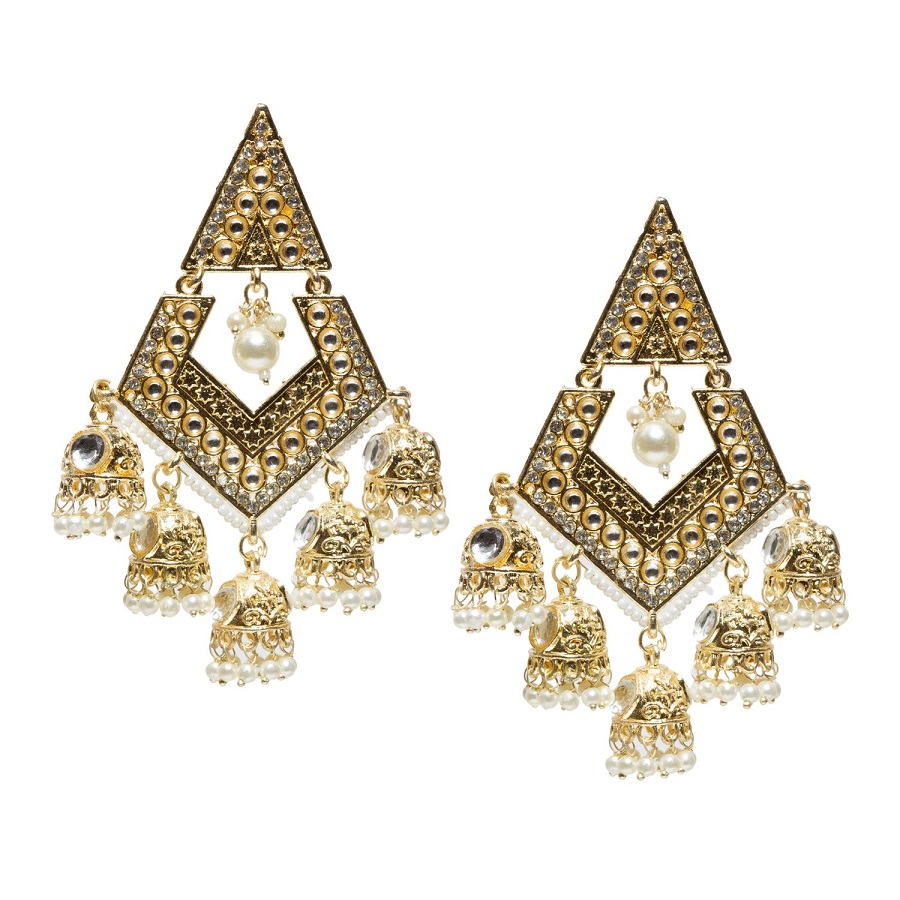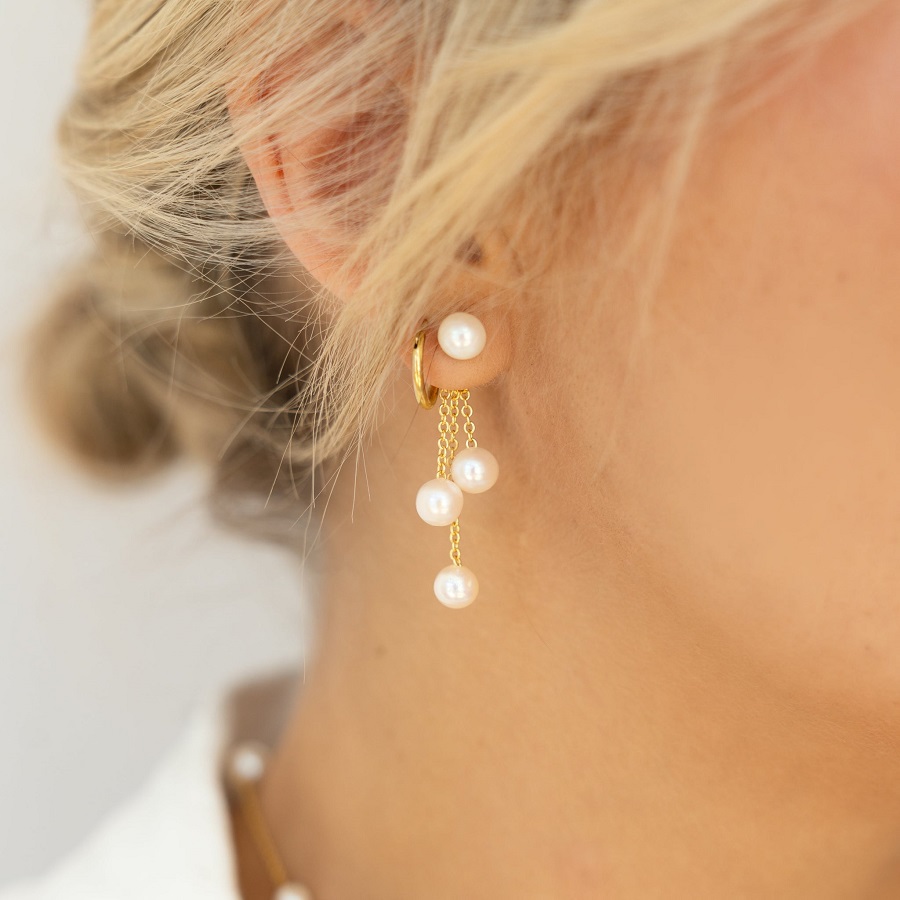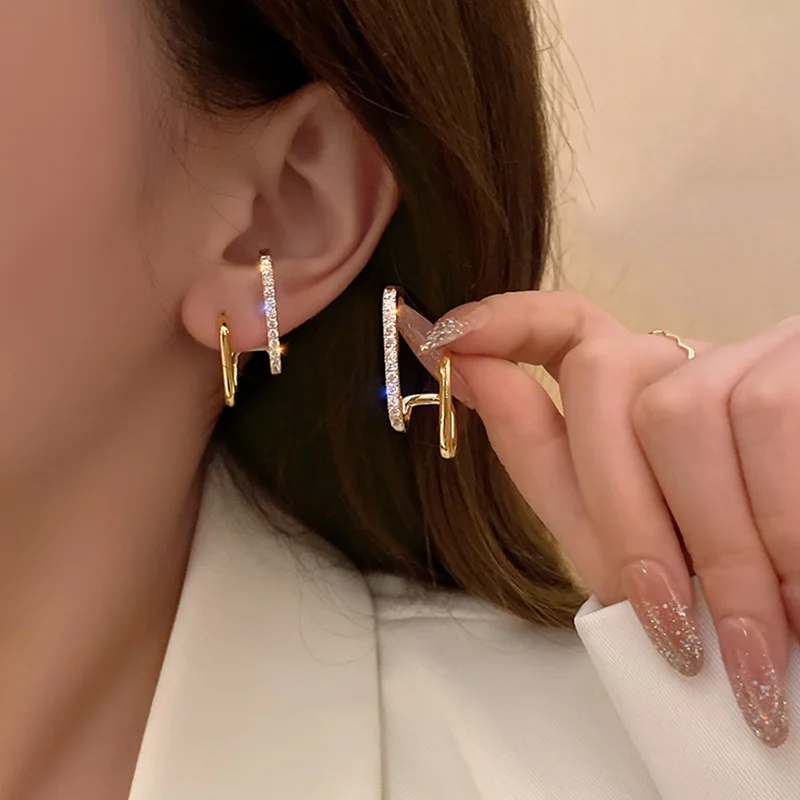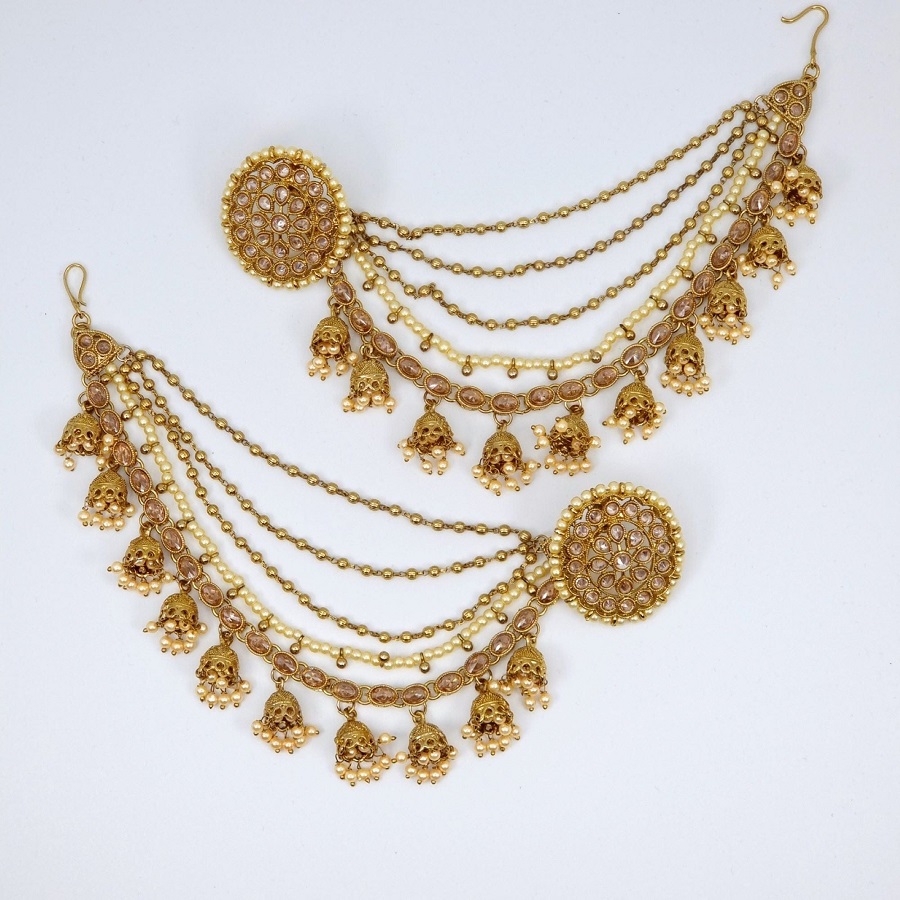The Healing Process and Timelines
How long after piercing can you change earrings – Understanding how and when your ear piercings heal is vital to a safe earring change. Each type of piercing may have a different timeline due to various factors including location on the ear and individual healing processes.

Understanding the Stages of Ear Healing
An ear piercing undergoes three healing stages: inflammatory, proliferative, and remodeling. Initially, you might notice redness and swelling. Over time, your body generates new skin and strengthens the pierced area. Recognize that healing is not just on the surface; the inside needs time too.
Timeline for Changing Earrings Based on Piercing Type
For lobe piercings, generally 6 to 8 weeks of healing is suggested. However, cartilage piercings might require up to a full year. Always base the decision to change earrings on your piercing’s healing progress, not just time passed.
Types of Piercings and Healing Durations
Navigating the world of ear piercings can be exciting yet complex. Different earrings come with various healing durations, which are crucial to consider before making any changes.
Lobe and Cartilage Piercing Differences
Cartilage piercings, however, may take several months up to a year to fully heal. This is because cartilage has less blood supply, slowing the healing process.
Healing Times for Various Ear Piercings
Healing times can vary greatly depending on the piercing location. Standard lobe piercings often heal within 6 to 8 weeks. In contrast, cartilage piercings like the helix, tragus, or daith can take anywhere from 3 to 12 months. It’s imperative to allow enough time for healing before attempting to change your earrings. Waiting ensures the safety and longevity of your piercing.
Signs of Healing and Infection
Recognizing the signs of post-piercing healing helps prevent premature earring changes and potential complications.
Indicators Your Piercing Is Healing Properly
How do you know your ear piercing is healing right? Key indicators include:
- A reduction in redness and swelling around the area.
- The absence of pain when touching the piercing lightly.
- No pus or unusual discharge coming from the piercing.
- The ability to move the jewelry slightly without discomfort.
Notice these changes? It’s a good sign that your piercing is on track. Remember, healing times can vary, so observe your piercing closely.
Recognizing and Managing Infection Signs
Infections are a risk if piercings don’t heal correctly. Be on the lookout for:
- Increased redness, pain, or swelling.
- Warmth or tenderness around the piercing.
- Pus or a bad-smelling discharge.
- Fever or flu-like symptoms following a piercing.
Spot these signs? Clean the area with saline solution and seek medical advice. Don’t wait, as untreated infections can cause serious issues. In rare cases, changing your jewelry back to the hypoallergenic starter earrings may be necessary until the infection clears.
 The Right Jewelry for Initial Healing
The Right Jewelry for Initial Healing
Choosing the correct earrings after getting pierced is crucial for healing. This section will explain which earrings are best for the initial period.
Selecting Hypoallergenic Starter Earrings
When you first get your ears pierced, it’s essential to start with hypoallergenic starter earrings. “Hypoallergenic” means less likely to cause allergic reactions. This reduces the risk of irritation and promotes safer healing. Look for earrings made from materials such as surgical stainless steel, titanium, or 14k gold. These are known for their low allergy risk.
Why the Earring Material Matters
The material of your initial earrings impacts the healing process significantly. Poor quality materials can trigger allergic reactions, lead to infections, or slow healing. It’s important to choose earrings that won’t react with your skin. Reaction can cause discomfort or health issues. Nickel-free and lead-free options are typically the safest choices. Remember, investing in high-quality earrings sets a good foundation for healthy piercing healing.
Aftercare for New Piercings
Caring for your new piercings is crucial for quick and safe healing.
Daily Aftercare Practices for Optimal Healing
After getting pierced, follow a daily routine to keep the area clean.
- Clean Twice a Day: Gently wash around the piercing with a saline solution. Do this every morning and night to remove any debris or bacteria.
- Avoid Touching: Keep your hands off the piercing unless cleaning it. This prevents dirt and germs from causing infection.
- Stay Dry: Keep the pierced area dry except when cleaning. Moisture can breed bacteria and slow healing.
- Don’t Twist Jewelry: Rotating or moving the earrings can irritate the skin and delay healing.
- Watch For Healing Signs: Look for less redness, no more swelling, and no oozing. If your piercing shows these signs, it’s healing well.
Preventing Infections and Allergic Reactions
Protect your piercings from complications with proper care.
- Choose Hypoallergenic Earrings: Pick materials like titanium, 14k gold, or surgical stainless steel. These are less likely to cause allergic reactions.
- Follow Piercer Instructions: Stick strictly to the aftercare plan your piercer gives you. It guides you to safe and effective healing.
- Know Infection Signs: Redness, pain, and discharge signaling infection? Get it checked fast.
- React Quickly: At any sign of an allergic reaction, like itchiness or rash, consult your piercer or doctor right away.
By following these aftercare steps, you can enjoy your new earrings with confidence, knowing you’ve taken steps to ensure a smooth healing process.
Safely Changing Your Earrings – how long after piercing can you change earrings
Whether you’re updating your style or it’s finally time to switch out your starter earrings, knowing how to safely change them is key. Follow these easy steps to keep your ears happy and healthy.
Steps for Removing and Inserting New Earrings
First, ensure your hands and new earrings are clean. Use a saline solution to gently clean around your current earrings. Next, carefully remove the backings, whether they slide or screw off. Pull the earring out straight to avoid damage. When putting in new earrings, line them up carefully and push them through the holes. Secure the backings without forcing them. If there’s resistance, your piercing may not be ready for a change.
Tips to Avoid Complications When Changing Jewelry
To prevent complications, choose hypoallergenic earrings made of materials like titanium, 14k gold, or surgical steel. These are kinder to your skin and less likely to cause reactions. Avoid touching your earlobes often to keep bacteria at bay. Lastly, don’t rush the process; wait until your piercing is completely healed before making the switch. By following these guidelines, you’ll ensure your piercing stays healthy and looks great for years to come.
 Professional Advice and When to Seek Help – how long after piercing can you change earrings
Professional Advice and When to Seek Help – how long after piercing can you change earrings
Seeking professional advice is crucial when it comes to ear piercings. You might face situations where expert help is the safest option. Knowing when to reach out can prevent complications and ensure proper healing.
When to Consult with a Piercer or Health Professional
Contact a piercer or doctor if you notice:
- Increased redness or swelling around your piercing.
- Pain that persists or worsens with time.
- Signs of infection like pus or an unusual smell.
- Any allergic reactions, such as itching or rashes.
- Difficulty in changing earrings after the healing period.
These issues can hint at infection or an allergy. If you see these signs, do not wait. Get help to avoid bigger problems.
Handling Common Piercing Complications – how long after piercing can you change earrings
If you face issues like an earring stuck or skin growing over the back of the earring, remain calm. Reach out to a professional. They can safely manage these problems. Trying to fix them yourself might cause more harm.
If your piercing is not healing, or if you see bumps or scars, seek advice too. A piercer can suggest treatments or changes in aftercare.
Always choose safety and professional guidance when dealing with piercing problems. Your health is most important.



